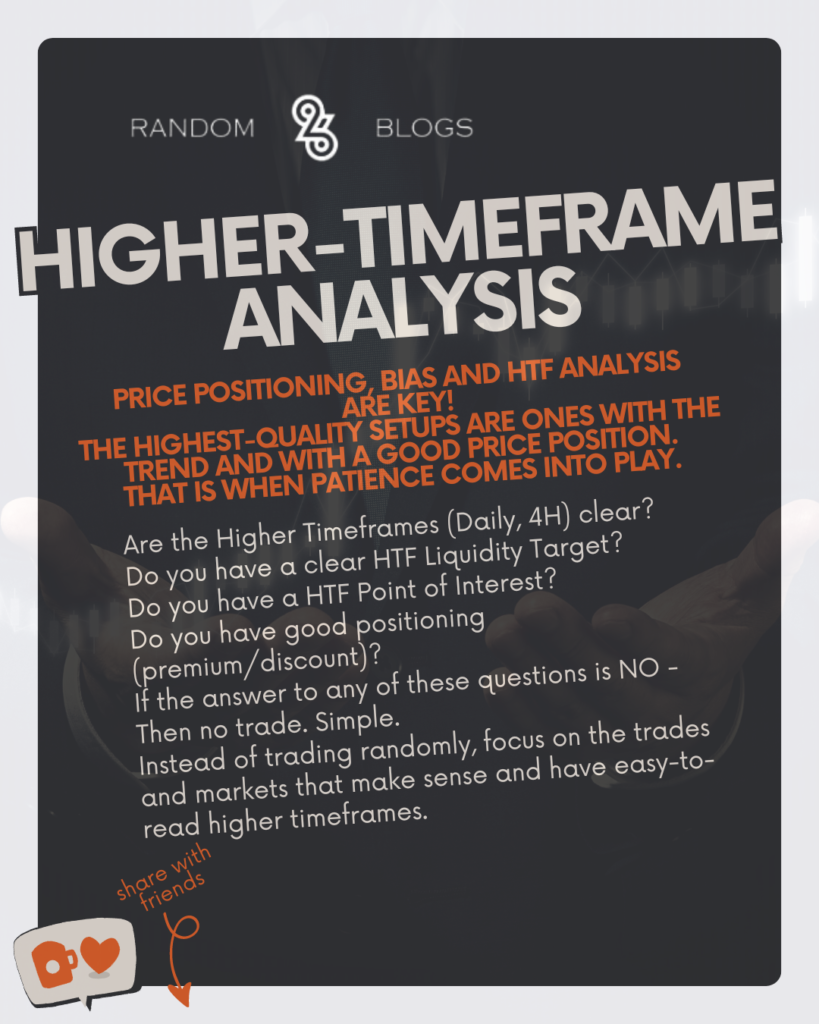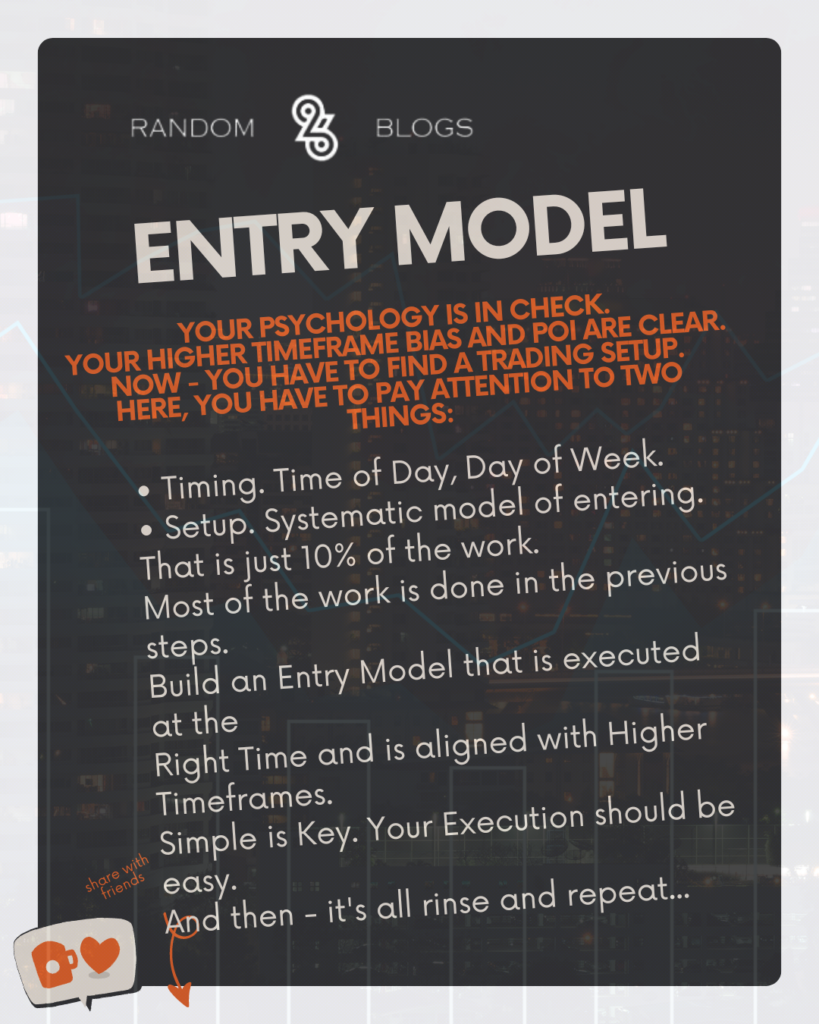
Table of Contents
In the fast-paced world of trading, success often hinges on making split-second decisions amidst volatility and uncertainty. However, while it may seem like a high-stakes game of chance, seasoned traders know that success is not a result of luck, but rather a product of careful planning, disciplined execution, and a keen understanding of market dynamics. In this blog, we’ll delve into three crucial factors that every trader should consider before making a trade.
Mindset and Psychology: The Foundation of Successful Trading

The first and perhaps most underrated aspect of trading is mindset and psychology. Trading can be emotionally taxing, with the potential for significant gains or losses in a short period. As such, it’s essential to approach each trade with a clear, sharp, and objective mindset. Emotional biases such as fear, greed, or overconfidence can cloud judgment and lead to irrational decision-making.
Before entering the market, take a moment to assess your mental state. Are you well-rested, focused, and free from distractions? If not, it may be wise to step back and wait until you’re in a better frame of mind. Remember, trading is not a sprint but a marathon, and maintaining a disciplined mindset is crucial for long-term success.
Higher Timeframe Analysis and Bias: Seeing the Big Picture

The second key aspect of successful trading is conducting higher timeframe (HTF) analysis and establishing a clear bias. Trading without a solid understanding of the broader market context is akin to navigating in the dark without a flashlight – you’re bound to stumble along the way.
Before placing a trade, take the time to analyze multiple timeframes, from the daily charts down to the hourly or even minute charts, depending on your trading style. Look for trends, support and resistance levels, and key price zones that may influence market direction.
Additionally, it’s essential to identify your bias – whether you’re bullish, bearish, or neutral on a particular asset. Without a clear bias, you’re essentially trading blindly, hoping for the best outcome. If the HTFs are unclear or conflicting, it’s best to exercise patience and wait for a clearer picture to emerge.
Entry Model: Navigating the Market with Precision

The third and final component of our trading checklist is the entry model – the specific criteria or strategy you use to enter the market. Even with the right mindset and a clear bias, entering the market at the wrong time or price can significantly impact your trading performance.
Your entry model should be based on a combination of technical analysis, fundamental factors, and risk management principles. Whether you’re a trend follower, breakout trader, or contrarian investor, having a well-defined entry model will help you execute trades with precision and confidence.
When all three components – mindset and psychology, HTF analysis and bias, and entry model – are in alignment, you’re better positioned to make informed trading decisions. However, it’s essential to recognize that no trading strategy is foolproof, and losses are an inevitable part of the game.
Strive for Consistency and Continuous Improvement
Successful trading is not about luck or intuition but rather a systematic approach grounded in discipline, patience, and continuous learning. By following a simple checklist like the one outlined above, you can enhance your trading performance and minimize the inherent risks associated with financial markets.
Remember, consistency is key in trading. Stick to your trading plan, manage risk diligently, and continually evaluate and refine your strategies based on market feedback. And above all, never stop learning – the world of trading is constantly evolving, and staying ahead of the curve is essential for long-term success.
So, the next time you’re about to place a trade, ask yourself: Is my mindset sharp? Have I conducted thorough HTF analysis? Do I have a clear entry model in place? By answering these questions honestly and objectively, you’ll be well on your way to mastering the art of trading.





2 thoughts on “Trading: A Simple Checklist for Success”